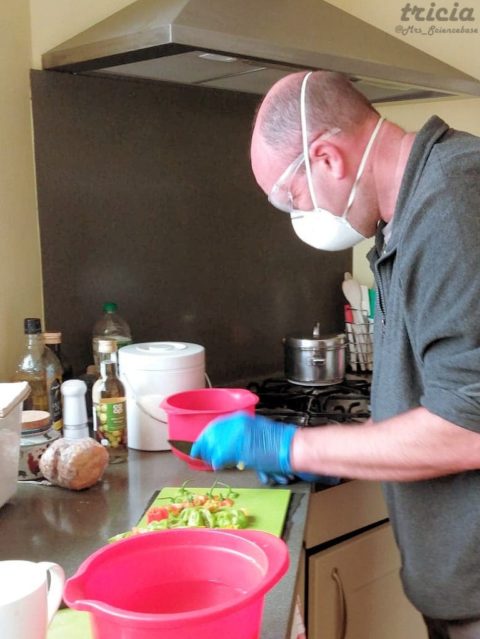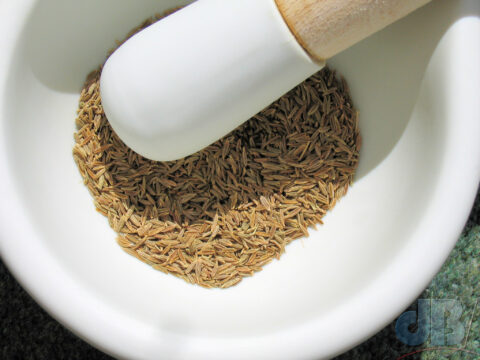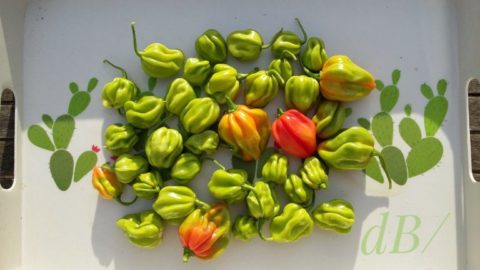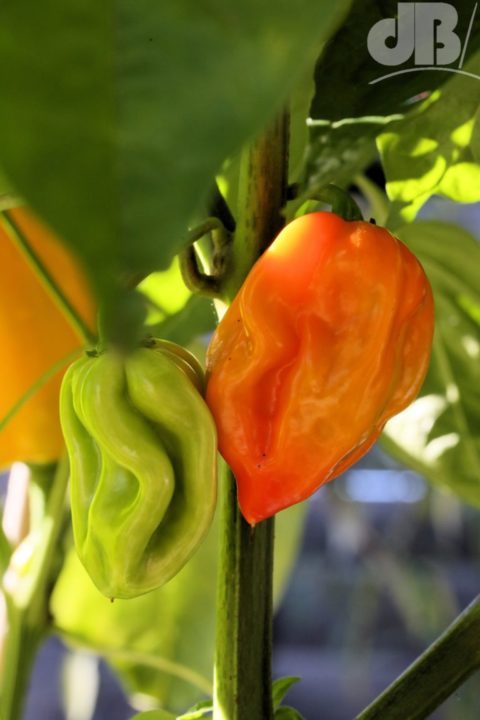Lots of people uncork their red wine some time before they intend to drink it. The idea is to let it breathe. This has to be deceived wisdom, surely? There may be the point that the wine will get to room temperature if left to stand on the table for a while, but the exposed surface area is not much bigger than a penny. There’s very little chance of atmospheric gases, and specifically oxygen, getting into the wine and doing any meaningful chemistry. Namely, there won’t be any real softening of the astringent tannins in the wine.

Now, my late Dad used to be in catering (for years before he retrained as a railway engineer) and something he was taught almost from day one was that a less expensive bottle of red, the house wine, could be persuaded to taste ever so slightly better by rapidly decanting it. Of course, a hotel or restaurant’s house red, should be a fabulous bottle regardless of price. It’s meant to represent the house, La Maison, after all. Worth noting, that it’s a good idea to gently decant wines with a sediment to allow that to be trapped in the bottom of the bottle and not end up in one’s glass.
But, does decanting do enough to aerate the wine and make a difference to the taste. It may well have some effect on the wine, some lighter volatile compounds will evaporate to some extent, and perhaps lose some undesirable congeners. The sulfur-containing compounds used as preservatives might be lost to the atmosphere, which can be beneficial in many ways. The influx of bubbles from the decanting process might even give the wine a different feel in the mouth, just as la crema on an espresso somehow makes it taste different from a flat coffee.
There’s very little time or chemical impetus for oxidation of bitter tannins to take place even when decanting, and especially not when simply swirling wine in the glass or sucking it noisily through one’s teeth as is the wont of many a connoisseur.
There have been several studies that show at best very, very modest changes in the chemistry of a bottle of wine after decanting or flushing through one of those gimmicky aerator devices. Realistically, you probably need to open and rapidly decant a bottle of red the day before you intend to drink it to get any benefit whatsoever…but that’s not really recommended. Chances are, in this house, it would be drunk that day and another bottle opened for the following day’s session!
I think much of the fluff and bluster surrounding wine appreciation is to do with the anticipation and the ceremony. And, as any proper drinker knows, the second glass always tastes better.




